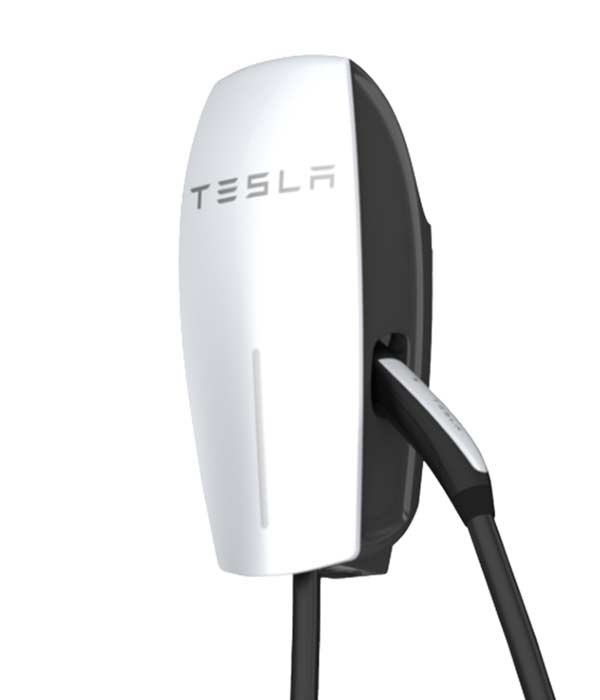

(While the USA runs on around 120v for normal plugs, and much of the rest of the world runs on 220v, US homes can install 240v plugs and there is a well established standard for doing it.) Sharing with your dryer Ask about that - it can almost surely fit your panel’s load maximum. If you have a truly dedicated plug (it is the only thing on a breaker) then in many cases an electrician can, for not much money, replace a regular 120v socket with a 240v stocket for twice the charging rate, changing the plug and breaker as long as the wiring is rated for the higher voltage. It uses a horizontal pin (like the 20a pictured above) but on the other side. Ask your electrician to install a “6-20” plug which has 240v at 20 amps. Again, you don’t want to be slow, but if it will save you $3,000 to go with 20 amps instead of 50 amps, then do it. You will find a few days or stretches of days when you don’t get full, but you might find only a couple of days a year that the supercharger is called for. That’s more than enough for most people - again remember that the average car does 40 miles per day. That 20 amp Level 2 charger will recover about 14 miles for each hour you charge, or around 110 in an 8 hour night. Your electrician might tell you you need a new panel for a 50 amp plug, but that you can put in a 30 amp or 20 amp without a new panel - which can save you a fortune. If you can get it, of course you should take it, but you should not spend thousands to get that extra boost. a 40 amp circuit) but you just don’t need even that. The regular range Tesla can’t take more than 32 amps in any event (ie.
#Tesla wall connector electrician full#
(On any plug, the car charges at 80% of full current, in this case at 24 amps.) Such a circuit is going to fully restore you on almost any day you drive, particularly if you have more than 8 hours at home. On a 240 mile Tesla Model 3, you can get that in 8 hours with just 5 kw, which is what you get from a 30 amp plug, the same one that runs your dryer. You will be very happy with enough to restore about 60% of your battery, because your typical daily cycle should run from 20% to 80% full. For most people though, you don’t need nearly that much. In fact, you can install these able to do up to 80 amps. Charging at slower Level TwoĪ Level Two circuit runs at twice the voltage and usually at higher current. It should be noted in very cold climates this slow charging may not cut it due to the need to heat batteries and the larger drain of driving in the cold.


It’s the small battery car that absolutely needs to get to full every night. Get the 20 amp plug (which Tesla sells and some other chargers sell) and you will see 50 miles or more in an 8 hour night, and you’ll definitely catch up with average driving.Īt first blush, when you read that charging a 250 mile range car on Level One can take over two days you will think Level One is ridiculous, but in reality, the bigger the battery the more it can take the swings up and down and still leave you with enough capacity to do your driving. In that case, the plug may already have the “T” slot in it that says it is 20 amp. In some cases, the dedicated plug may actually have a 20 amp breaker and 12AWG wire on it. The one on the right can offer 20 amps Public Domain One the left is a standard wall plug able to do 15 amps.


 0 kommentar(er)
0 kommentar(er)
